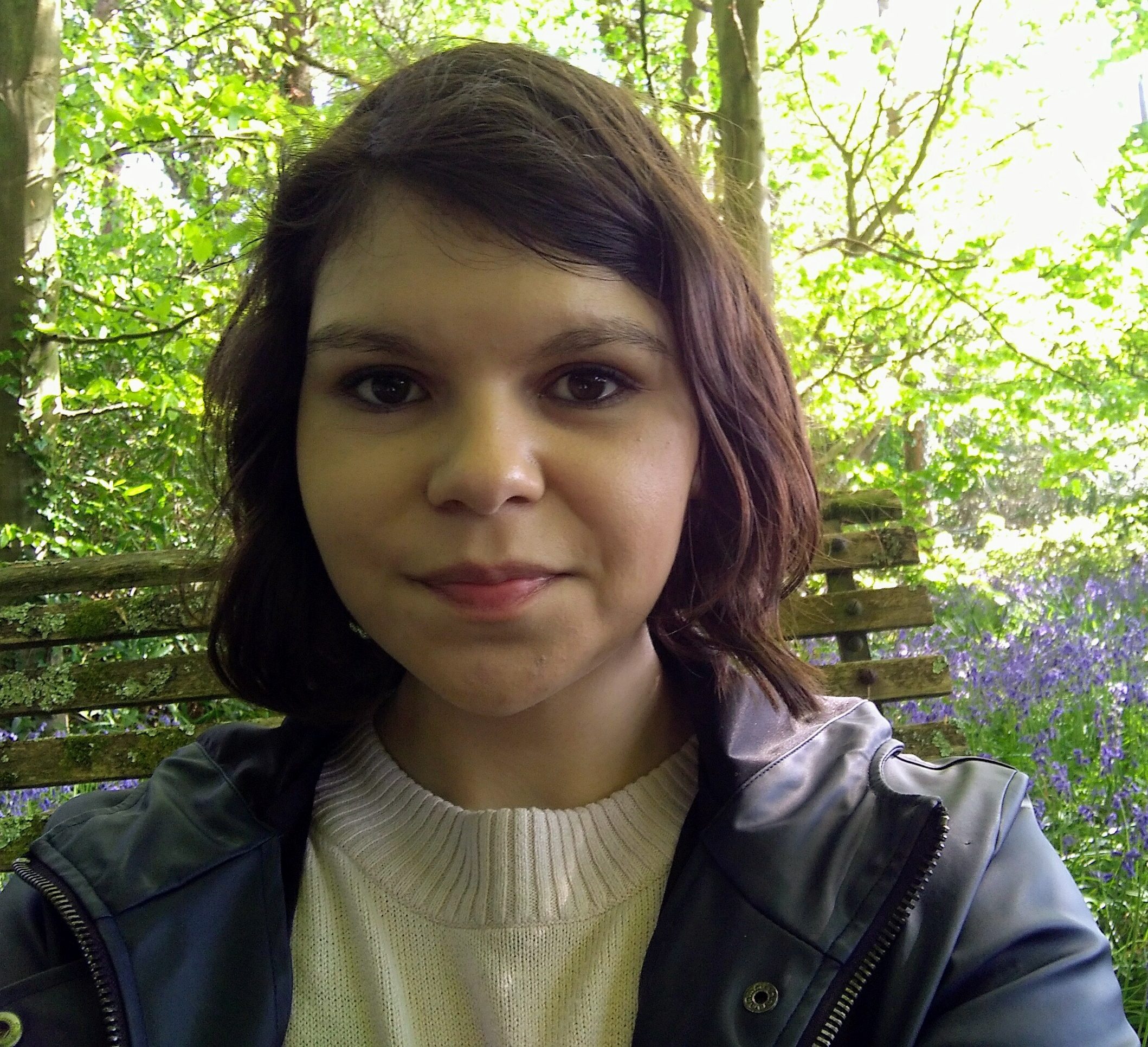‘What is philanthropy?’ was one of the first questions Alliance editor Charles Keidan asked me when I first arrived at the magazine’s London office for my internship.
We sat in a round, sunny room, and I quickly searched my brain for an answer through the flurry of first day nerves. I hadn’t come from a background of institutional philanthropy.
I am a writer with interests as vast as computer programming and graphic design to romantic poetry and Rousseau but, until Alliance, the philanthropy world of foundations and the ultra-wealthy was a foreign concept.
So it was no surprise when Charles quickly noted that my answer, ‘philanthropy is doing good for people in the world,’ was incomplete. ‘What about animals?’ he asked. What about the environment? It can be so easy to forget the issues we are not consciously barraged with on a daily basis.
Working in the magazine’s editorial department, though, I’ve quickly left behind my status as philanthropy novice to become an insider. Through the process of writing blog pieces, proofreading articles and doing background research for future interviews, I’ve picked up the language and concepts of foundations, developing an understanding of how non-profit organizations and donors function within the global ecosphere as well as how Alliance functions within the philanthropic sphere. Alliance is not the kind of magazine that seeks to glamorize and praise philanthropy, rather it exists to ask the difficult questions and look critically at its own sector.
Growing up on a Native American allotment in central California had inherently made me a recipient of philanthropy work. I had never been in the place to consider where the money or resources were coming from. When your family survives off the charity of others you simply accept what they give you without question.
Coming to Alliance I learned that someone was asking the questions for me, for my family, for everyone else who depends on the giving of others.
In a sector that prides itself on altruism and generosity, Alliance stands up and asks, ‘are you being as generous and effective as you actually can be?’
Being at Alliance has given me the opportunity to finally look at the world of charity and philanthropy with a more objective and critical eye.
I had the chance to ask questions of philanthropists and experts such as Michael Faye, a founder of the international development organization GiveDirectly, which facilitates cash transfers to people in extreme poverty.
I joined Charles’ interview with Faye* and shared my own questions about GiveDirectly’s efforts to tackle poverty in East Africa.
It provided me with the opportunity to think about the impact that freely given money can have on a small, rural community and its social dynamics. For me, the most memorable part of the interview was when discussing GiveDirectly’s basic income experiment, Faye said the difficult decision of which villages would receive money and which would be the control groups receiving no money was, by necessity, a matter of randomization. It was an enlightening moment. Life is random, but I had always seen philanthropy as a tool to reduce that randomization – a tool to bring about equality.
But as I have begun to understand, solving the problems of the world is an effort that takes time. Change is a slow burn, but in many ways the world of philanthropy is burning too slowly.
In my time at Alliance it has been most noticeable to me that the people working in philanthropy are incredibly passionate about what they do. They truly love humanity and seek in every way to make the world better.
I saw this kind of passion in Faye, and I see it in Charles (Keidan) and everyone who works at Alliance. But as Alliance readers will see in the upcoming September issue of Alliance, passion itself may not be enough to resolve the challenges the world is facing, particularly the challenge of diversity gaps.
I had the opportunity to work on the diversity issue, which explores the topic of diversity and representation in foundations in terms of gender, race, age, ability and in foundation boards and leadership positions. I was tasked with sourcing images to go in the magazine and creating an infographic about the startling statistic that only eight per cent of US foundation CEOs are people of colour.
Coming to London from the US, just months after the election of President Trump, diversity and equality had been a significant concern to me. I had naively imagined coming to London – one of the most multi-cultural cities in the world – would mean I could quell my worries for a time.
From the very beginning though, through a conversation with Charles about the banking term Ultra High Net Worth Individual (UHNWIs) versus his preferred term, Ultra High Net Wealth Individuals (as if more wealth would give someone more worth?), I learned that inequalities are a pressing concern in the philanthropy and social investment sector. It’s not just because philanthropy seeks to fill gaps in society, but because the philanthropy sector itself contains these gaps.
As a college-aged intern, I am one of the youngest in the office (second only to the other intern, who just recently arrived).
My age is obvious at times, such as when the others all refused to believe that Blondie had more number one singles than two other artists that I had never heard of. They were disappointed to find out they were wrong.
‘Wasn’t it a given that it was Blondie, though?’ I asked. Her name was splashed across every punk-rocker’s vintage t-shirt. She had to be the most popular. They looked at me as if I was quite foreign. Apparently, they considered Blondie inferior to the others.
These differences go beyond music knowledge, though. Although the youngest salaried employee at Alliance is less than a decade older than me, there are small, but vital differences in the worlds we grew up in, and not just in terms of British versus American. Growing up in the 2000’s was vastly different from the 1990’s even though it was only a decade after.
What I grew up accepting as a given was something many older generations had to orient themselves towards. I was born among a generation of global children easily in-sync with one another through social media and the internet.
We are of mixed race, mixed culture, and often even mixed or hybrid religions (if any religion at all). Gender itself no longer separates us as so many now refuse to be put into square boxes labelled male or female.
No one in the philanthropy sector, I believe, intentionally ignores any aspect of this rapidly changing world. In fact, I’ve watched first hand at Alliance the struggle to be more inclusive while balancing limited resources.
Charles constantly stresses the need for more diversity in the magazine’s output. We need more coverage on Africa, Asia and the Gulf. Images I sources must be reflective of the global world. And a Breakfast Club without women panellists would be blasphemy.
With limited resources, though, nonprofits can only do so much. Slowly, though, they are achieving change; the sector is slowly orienting itself to the evolving world. But to continue being the solution instead of contributing to the problem, the sector must progress faster.
As my internship comes to a close and I return to California, I plan to continue watching the philanthropy sector for this progress that I know it will achieve.
In the meantime, I will come to terms with the bewildering thought that only three months ago the closest I had gotten to writing about philanthropy was an article about a young Navaho and Maidu activist, and now I have a moderate understanding of the greatest strengths and flaws of the sector.
The enthusiasm with which the Alliance team approach their work has seeped into me. I now find myself intrigued by topics such as what companies are investing in line with SDGs or how organizations and donors differ on the issue of transparency.
While I am sad to leave (and the many, many cups of tea that I could never quite finish), I do so with a vast knowledge of philanthropy, social investment and magazine publication that I will carry with me in my future endeavours.
*Charles Keidan’s interview with GiveDirectly’s Michael Faye will appear in the September 2017 issue of Alliance
Amanda Aguilar is a student at University of California, Davis and was a 2017 editorial intern at Alliance magazine.







Comments (0)